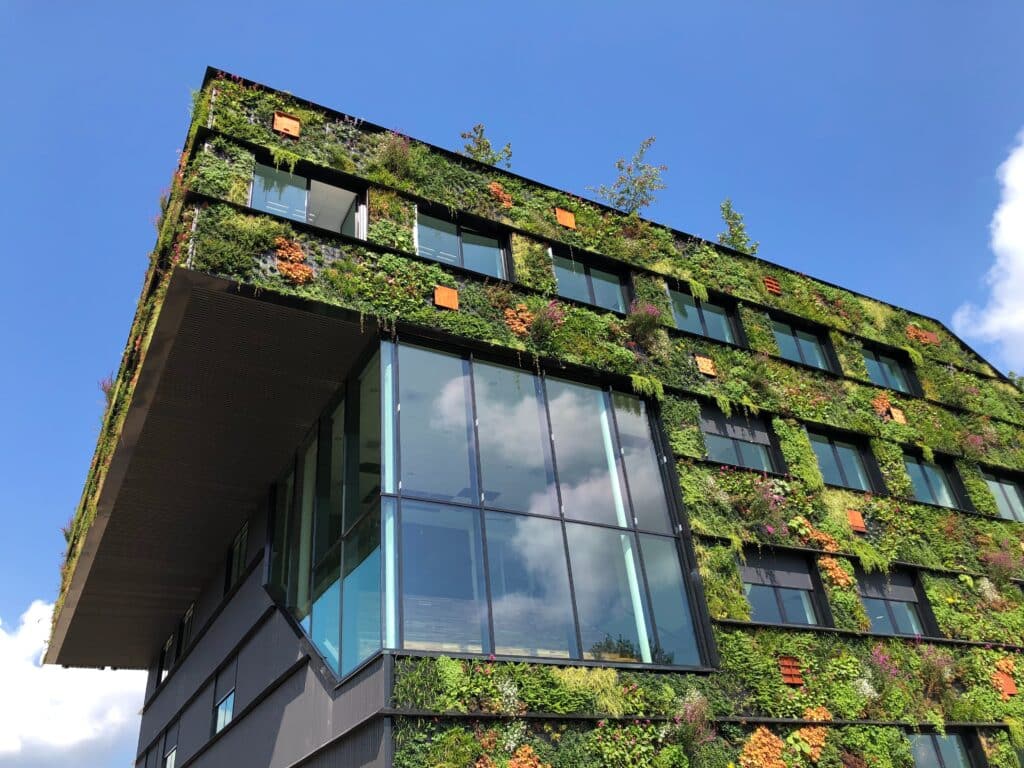In the heart of Nairobi’s evolving urban landscape, a movement takes root—one that envisions construction as a force for positive change, not just for today, but for generations to come. Green building initiatives, which advocate for sustainable building practices and environmentally conscious architecture, are gaining momentum. As Nairobi embraces growth, the city’s commitment to energy efficiency and reduced environmental impact in the construction sector emerges as a beacon of innovation and stewardship.
The construction sector’s impact on the environment is undeniable. From energy consumption to waste generation, traditional building practices can place a significant burden on natural resources. Nairobi’s focus on green building initiatives marks a turning point—a step towards aligning growth with sustainability and minimizing the environmental footprint of urban development.
Energy efficiency is a cornerstone of green building. By incorporating energy-efficient technologies, such as solar panels, energy-efficient lighting, and insulation, Nairobi’s buildings can reduce their energy consumption and lower greenhouse gas emissions. Not only does this contribute to environmental preservation, but it also translates into cost savings for occupants.

Sustainable materials make a difference. The choice of building materials, such as recycled content, locally sourced materials, and low-impact alternatives, can significantly reduce the environmental impact of construction. Nairobi’s emphasis on sustainable materials fosters a culture of responsible sourcing and promotes circular economy principles.
Green architecture blends aesthetics and functionality. Nairobi’s architects and designers are reimagining urban spaces through the lens of sustainability. Concepts such as passive design, natural lighting, and green roofs are transforming buildings into efficient, eco-friendly structures that seamlessly integrate with their surroundings.
Certification standards set the bar for excellence. Nairobi’s adoption of green building certification standards, such as LEED (Leadership in Energy and Environmental Design) or BREEAM (Building Research Establishment Environmental Assessment Method), provides a benchmark for sustainable construction. These standards promote innovation, drive continuous improvement, and inspire healthy competition among developers.
Water conservation is a priority. Nairobi’s green building initiatives extend to water-efficient practices. Rainwater harvesting, greywater recycling, and efficient plumbing systems can significantly reduce water consumption in buildings, easing pressure on the city’s water resources.
Public awareness drives change. Nairobi’s efforts to raise awareness about the benefits of green building, through workshops, exhibitions, and educational campaigns, can inspire residents, businesses, and developers to embrace sustainable construction practices. Informed choices lead to collective action that shapes the city’s built environment.
In conclusion, Nairobi’s journey toward green building initiatives is a testament to its commitment to building a sustainable legacy. By prioritizing energy efficiency, sustainable materials, green architecture, certification standards, water conservation, public awareness, and collaborative action, the city paves the way for a future where growth and sustainability coexist harmoniously. Through these collective efforts, Nairobi becomes a beacon of innovation, resilience, and environmental stewardship—a city where progress is synonymous with sustainability, and where each building is a testament to a commitment to a better world.




